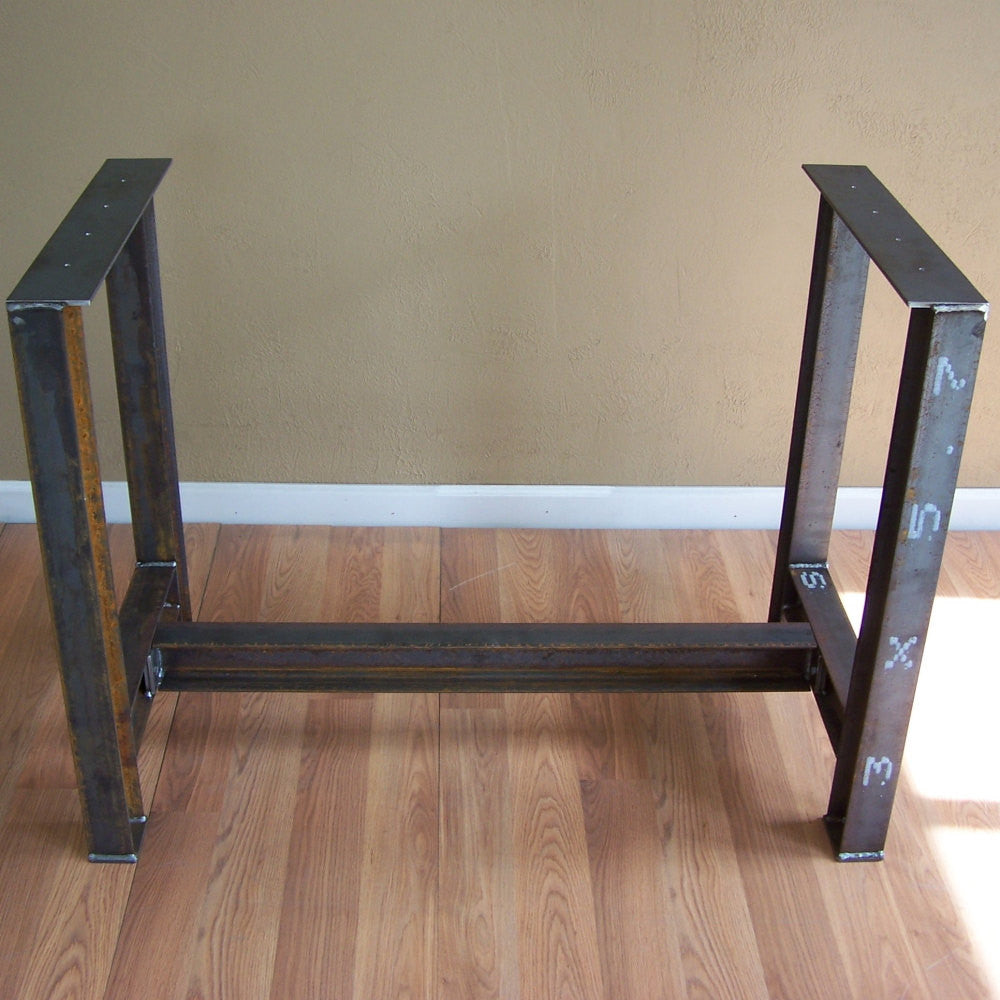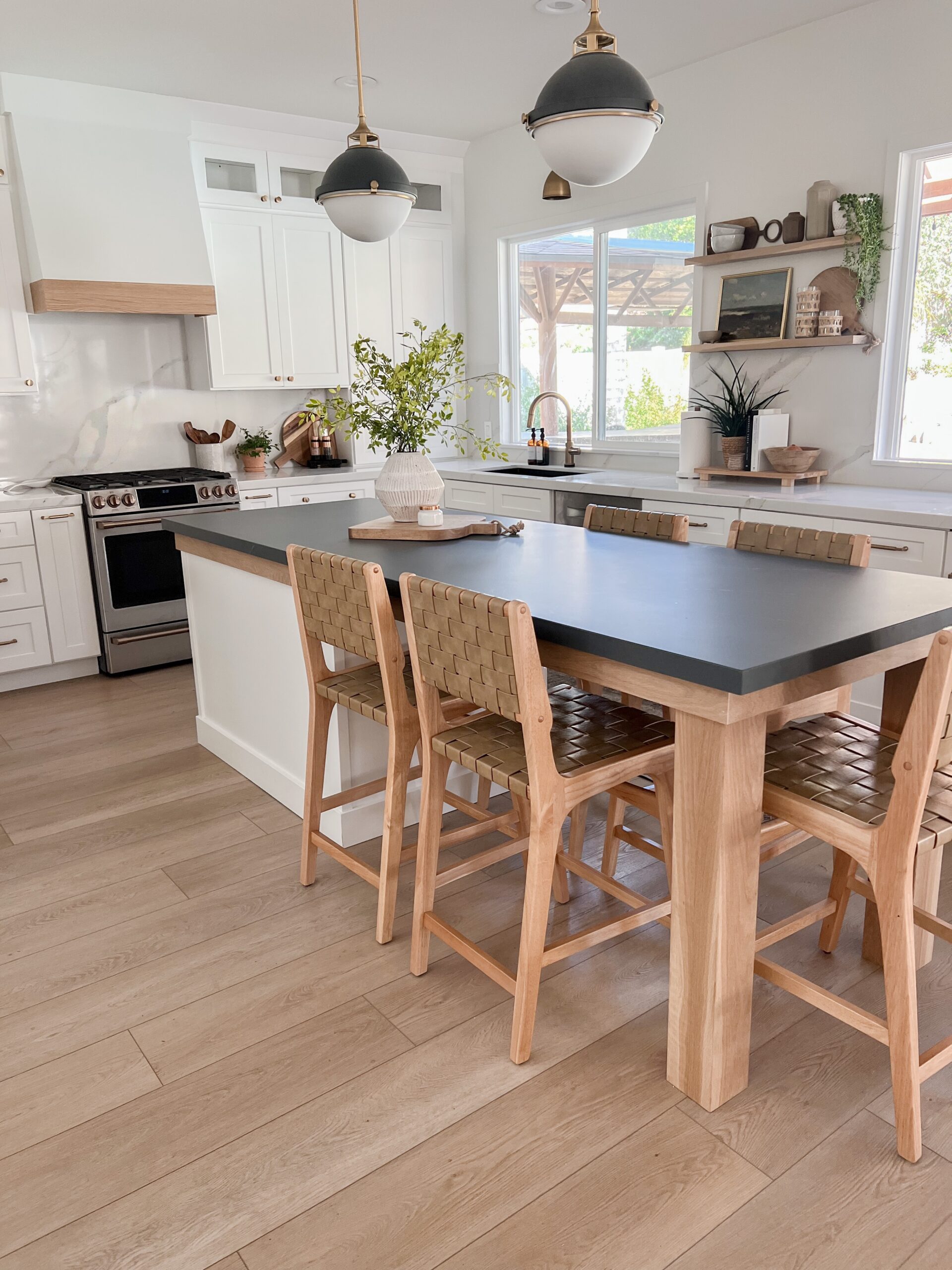Change Any Kitchen Space with Attractive Legs For Kitchen Island Selections
Wiki Article
Essential Aspects to Consider When Choosing Legs For Kitchen Area Island
Picking the ideal legs for a kitchen area island involves a mindful assessment of multiple aspects that can dramatically affect both functionality and aesthetic charm. Amongst these, the option of material plays a critical duty in making certain durability, while the design has to enhance the existing style. Considerations such as elevation and weight assistance are important for stability and comfort. As we explore these components, it comes to be clear that each decision can have far-ranging ramifications for the general cooking area experience. What subtleties should be thought about in each of these categories to accomplish the optimal equilibrium?Product Options
When choosing legs for a cooking area island, understanding the numerous product alternatives is important for accomplishing both visual appeal and architectural integrity (Legs For Kitchen Island). The option of material substantially influences not only the toughness of the island however likewise its total style and capabilityMetal legs, usually made from stainless steel or wrought iron, add a commercial and modern-day feel while ensuring sturdiness and stability. These materials are resistant to put on and can sustain significant weight, making them excellent for larger islands.
Another choice is engineered products, like MDF or plywood, which can be a lot more affordable while still supplying a variety of coatings. They might not offer the same level of stability as strong wood or steel. Legs For Kitchen Island. Finally, materials such as acrylic or glass can produce a contemporary appearance, though they might require additional assistance to make sure stability.
Inevitably, the selection of material for kitchen area island legs should straighten with the desired capability and the overall motif of the kitchen.
Style and Style

When thinking about style, the form and surface of the legs are crucial. Tapered legs can offer a feeling of agility and sophistication, while thicker, more durable legs can communicate stamina and stability. Additionally, the coating-- be it painted, discolored, or natural-- should complement the cabinets and counter top products to develop a unified look.
Additionally, the style of the legs can likewise reflect individual taste. Personalized or attractive legs, such as those including complex carvings or unique geometric shapes, can function as focal factors, including character and personality to the kitchen area. Eventually, the right option will certainly not just enhance capability yet likewise boost the visual allure, making the kitchen island a standout attribute of the home.
Elevation Considerations
Selecting the proper elevation for cooking area island legs is important, as it directly impacts both functionality and comfort. The standard height for a kitchen area island normally varies from 36 to 42 inches, straightening with common counter top elevations.
It is also necessary to account for individuals' preferences and elevations. Tailoring the height can make sure a comfy experience for all member of the family, making the cooking area island an extra pleasurable and functional space.
Weight Support
Making certain sufficient weight assistance for kitchen island legs is vital for both safety and capability. The kitchen island often serves numerous purposes, consisting of cooking, eating, and extra storage space, requiring a durable support framework. When selecting legs, it is important to take into consideration the general weight capability called for based upon the island's planned use and the materials that will certainly be put on it.The selection of material for the legs plays a considerable function in their weight-bearing abilities. Strong timber, metal, and durable compounds typically supply superior strength contrasted to lighter materials. Furthermore, the layout of the legs-- whether they are straight, tapered, or have a pedestal type-- can affect their capability to distribute weight effectively across the framework.
Constantly speak with the supplier's specifications pertaining to load limitations to make sure that the legs can sustain the desired weight without jeopardizing security. In recap, picking cooking area island legs with ample weight assistance is important for producing a secure and functional culinary area.
Installment and Maintenance
Appropriate installment and maintenance of kitchen area island legs are crucial for making sure durability and security. To begin, it is vital to follow the maker's standards during installment. This commonly entails securing the legs to the island base making use of ideal fasteners, guaranteeing that the legs are degree and aligned. Making use of a level tool can help protect against wobbling and boost the total aesthetic appeal of the cooking area island.Once mounted, normal maintenance is required to preserve the integrity and appearance of the legs - Legs For Kitchen Island. For wood legs, periodic cleansing with a moist fabric and application of suitable timber polish can protect against dampness damage and keep their finish. Metal legs may call for a mild cleaning solution to get rid of oil and gunk, adhered check over here to by a dry towel to stop corrosion development
In addition, inspect the legs frequently for indicators of wear or damage, such as fractures or loosened joints. Tightening up screws or bolts as needed can also prolong the life expectancy of the legs. By sticking to these setup and upkeep practices, house owners can make certain that their cooking area island stays sturdy and aesthetically appealing for many years to find.
Verdict

Visual comprehensibility is paramount in picking the style and design of legs for a cooking area island, as these components considerably affect the overall ambiance of the room. Conical legs can provide a sense of agility and style, while thicker, extra robust legs can share stamina and stability.Picking the proper elevation for kitchen area island legs is important, as it directly influences both performance and comfort. In recap, choosing kitchen island legs with ample weight support is necessary for creating a useful and secure culinary space.
In final thought, selecting legs for a cooking area island necessitates mindful consideration of numerous factors, including product alternatives, design, height, weight support, and installation.
Report this wiki page